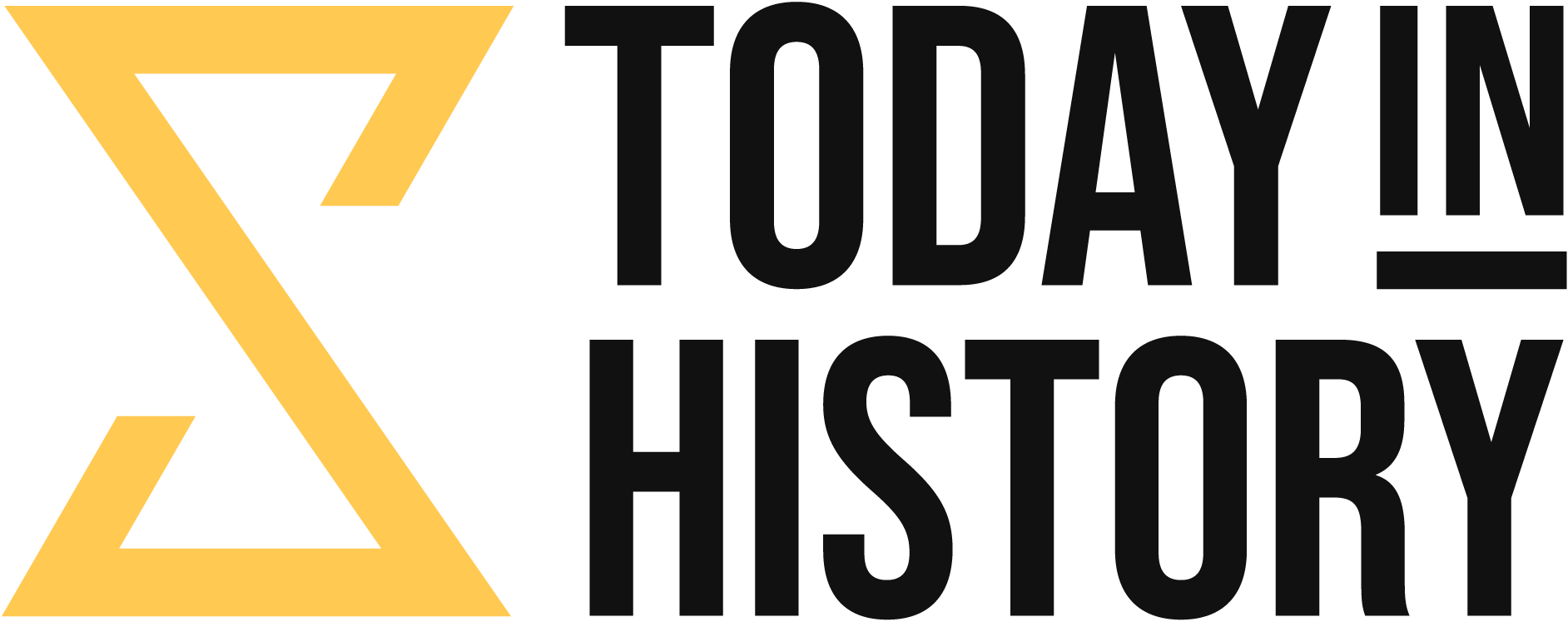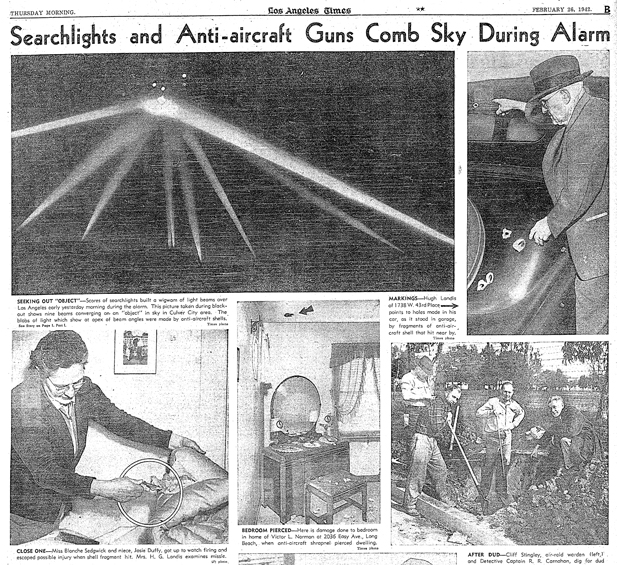In the early hours of February 24, 1942, a wave of panic swept over Los Angeles. Searchlights pierced the night sky, anti-aircraft guns roared, and thousands of residents braced for an enemy attack. But when the smoke cleared, there was no wreckage, no enemy aircraft—just confusion. What caused the infamous’ Battle of Los Angeles’? A real threat, mass hysteria, or something more mysterious?
Just months after the attack on Pearl Harbor, tensions were high on the U.S. West Coast. So when air raid sirens blared over Los Angeles on February 24, 1942, many feared the worst—a Japanese invasion. For several hours, anti-aircraft guns fired over 1,400 rounds into the sky. Witnesses reported seeing unidentified flying objects, lights, and strange shapes. However, no enemy planes were ever found, and the U.S. military later attributed the event to a false alarm—possibly caused by a weather balloon or war-time paranoia. The weather conditions that night, with low clouds and a full moon, could have easily distorted the view of the anti-aircraft gunners, leading them to mistake the weather balloon for an enemy aircraft.
The incident sparked decades of speculation. Was it a case of mass hysteria, a UFO sighting, or something the government wasn’t telling the public? The ‘Battle of Los Angeles’ remains one of the most mysterious events in American history, its enigma enduring through the years.
Fun Facts:
- The Battle of Los Angeles is also called the Great Los Angeles Air Raid.
- Most American Citizens were on edge after the recent surprise Pearl Harbor attack on December 7, 1941, that left 2,400 Americans dead and countless injured. This devastating event had a profound impact on the nation’s psyche, leading to heightened fear and suspicion of potential enemy attacks.
- This attack came just a day after the bombardment of Ellwood near Santa Barbara. The Ellwood oil field, a significant source of oil for the war effort, was shelled by a Japanese submarine, further fueling the fear of a potential invasion on the U.S. West Coast.
- Speaking to the public shortly after, the secretary of the Navy, Frank Knox, called the alleged attack a false alarm.

